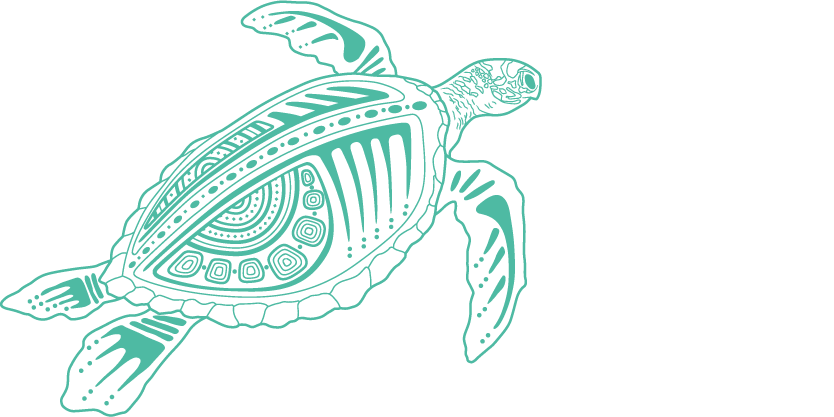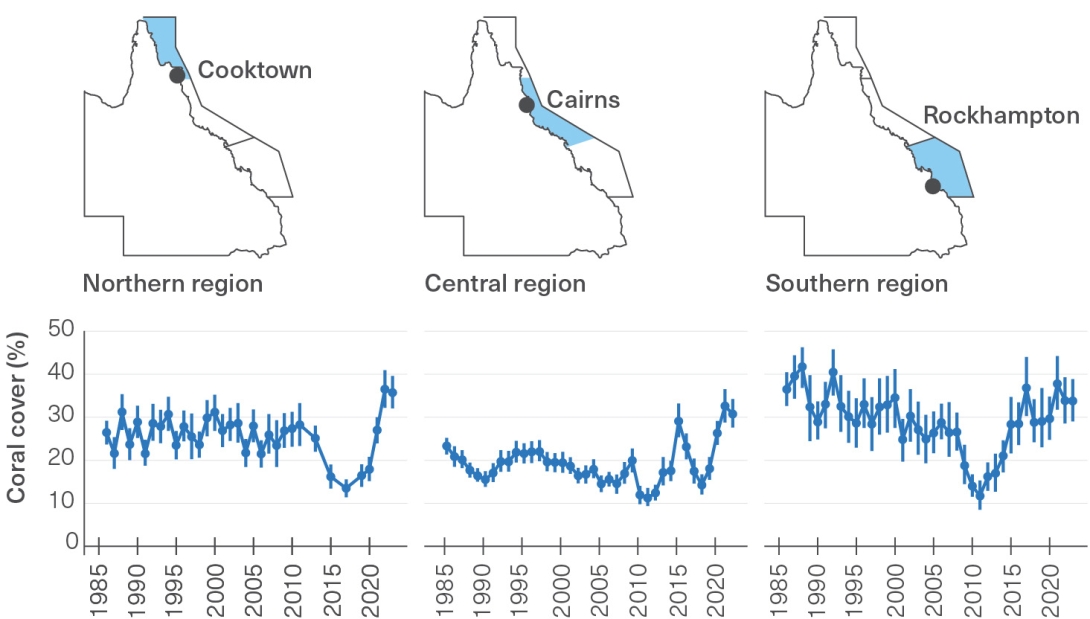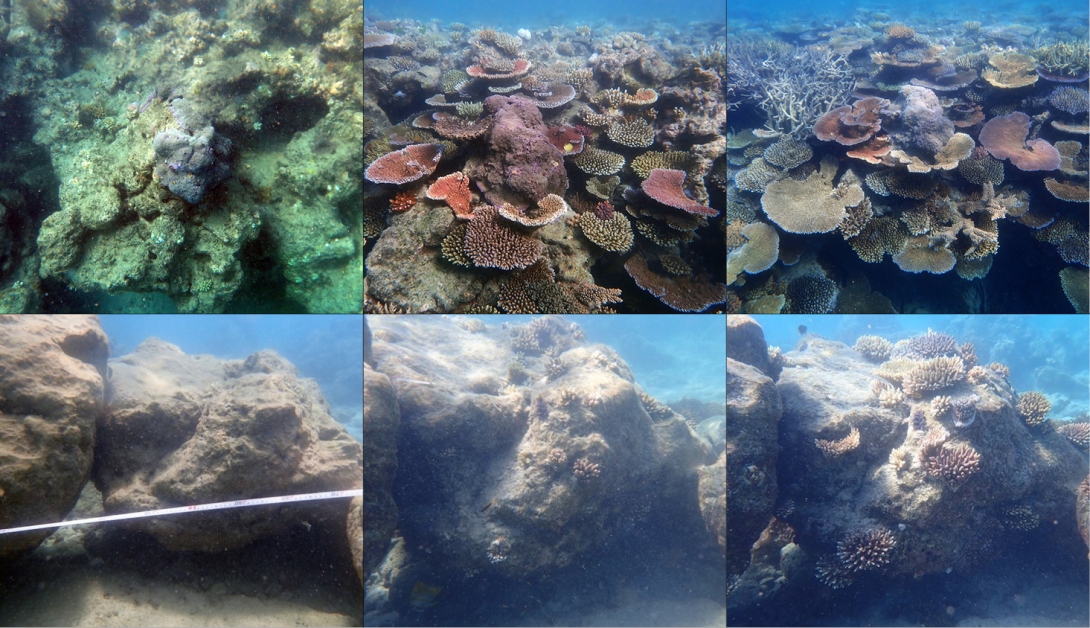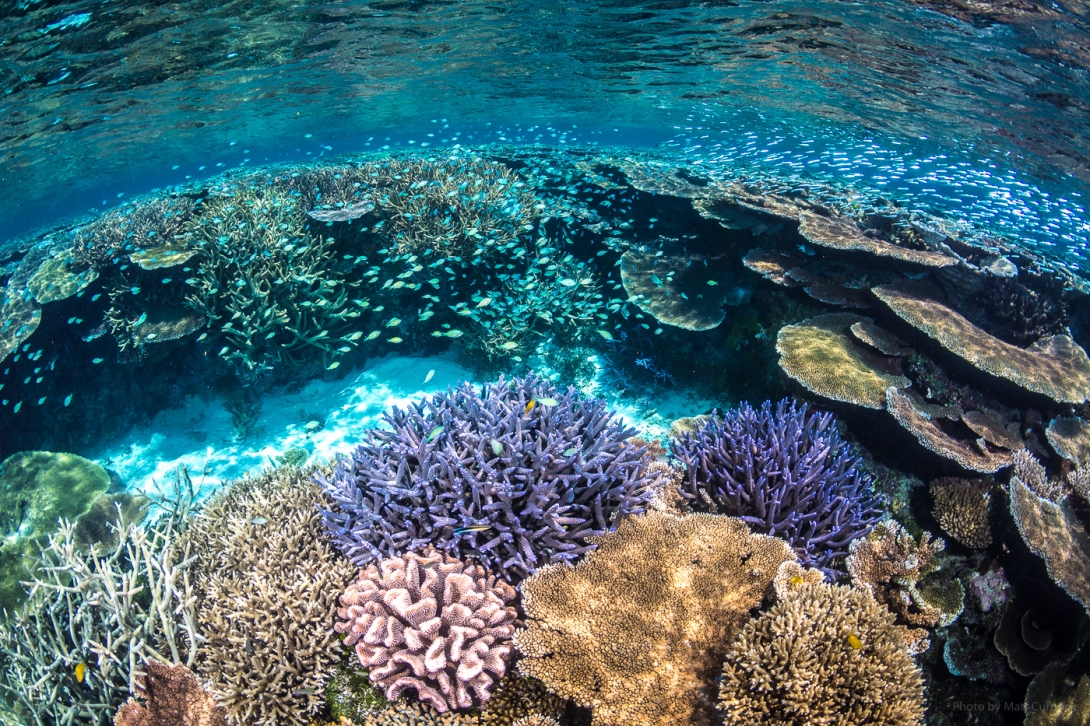151.
Fisher, R., O’Leary, R.A., Low-Choy, S., Mengersen, K., Knowlton, N., et al. 2015, Species richness on coral reefs and the pursuit of convergent global estimates, Current Biology 25(4): 500-505.
152.
Reaka-Kudla, M.L. 1997, The global biodiversity of coral reefs: a comparison with rain forests, Biodiversity II: Understanding and protecting our biological resources 2: 551.
153.
Harris, D.L., Rovere, A., Casella, E., Power, H., Canavesio, R., et al. 2018, Coral reef structural complexity provides important coastal protection from waves under rising sea levels, Science Advances 4(2): eaao4350.
-
155.
Lyons, M.B., Murray, N.J., Kennedy, E.V., Kovacs, E.M., Castro-Sanguino, C., et al. 2024, New global area estimates for coral reefs from high-resolution mapping, Cell Reports Sustainability 1(100015).
-
-
158.
Cheung, M.W.M., Hock, K., Skirving, W. and Mumby, P.J. 2018, Cumulative bleaching undermines systemic resilience of the Great Barrier Reef, Marine Ecology Progress Series 604(23): 263-268.
159.
McWhorter, J.K., Halloran, P.R., Roff, G., Skirving, W.J., Perry, C.T., et al. 2022, The importance of 1.5°C warming for the Great Barrier Reef, Global Change Biology 28(4): 1332-1341.
160.
Australian Institute of Marine Science 2021, Long-Term Monitoring ProgramAnnual Summary Report of Coral Reef Condition 2020/21.
161.
Australian Institute of Marine Science 2023, Long-Term Monitoring Program Annual Summary Report of Coral Reef Condition 2022/23, Townsville.
162.
Emslie, M.J., Ceccarelli, D.M., Logan, M., Blandford, M.I., Bray, P., et al. 2024, Changing dynamics of Great Barrier Reef hard coral cover in the Anthropocene, Coral Reefs.
163.
Australian Institute of Marine Science 2023, A pause in recent coral recovery across most of the Great Barrier Reef. Annual summary report of the Great Barrier Reef coral condition 2022/23, Australian Institute of Marine Science, Townsville.
164.
Vega Thurber, R., Mydlarz, L.D., Brandt, M., Harvell, D., Weil, E., et al. 2020, Deciphering coral disease dynamics: integrating host, microbiome, and the changing environment, Frontiers in Ecology and Evolution 8: 575927.
165.
Hoegh-Guldberg, O., Skirving, W., Dove, S.G., Spady, B.L., Norrie, A., et al. 2023, Coral reefs in peril in a record-breaking year, Science 382(6676): 1238-1240.
166.
World Meteorological Organization 2024, State of the Global Climate 2023, WMO, Geneva, Switzerland.
167.
Great Barrier Reef Marine Park Authority, Australian Institute of Marine Science and CSIRO 2024, Reef snapshot: summer 2023-24, Great Barrier Reef Marine Park Authority, Townsville.
-
169.
Cantin, N., James, N. and Stella, J. 2024, Aerial surveys of the 2024 mass coral bleaching event on the Great Barrier Reef, Australian Institute of Marine Science and Great Barrier Reef Marine Park Authority, Townsville.
-
-
-
173.
Roff, G. 2024, Preliminary analysis of maximum Degree Heating Weeks on the Great Barrier Reef from i) the 2024 mass coral bleaching event and ii) seven mass bleaching events (1998, 2002, 2016, 2017, 2020, 2022, 2024) using the NOAA Coral Reef Watch daily satellite DHW data 1986-2024 (reef-level data based on area-weighted averages for 3,174 reefs on the GBR.
174.
Morais, J., Tebbett, S.B., Morais, R.A. and Bellwood, D.R. 2023, Natural recovery of corals after severe disturbance, Ecology Letters 27(1): e14332.
175.
Mellin, C., Thompson, A., Jonker, M.J. and Emslie, M.J. 2019, Cross-shelf variation in coral community response to disturbance on the Great Barrier Reef, Diversity 11(3): 38.
176.
Sweatman, H.H., Cheal, A.A., Coleman, G.G., Emslie, M.M., Johns, K.K., et al. 2008, Long-term monitoring of the Great Barrier Reef, Status report, Australian Institute of Marine Science, Townsville.
177.
Mellin, C., Peterson, E.E., Puotinen, M. and Schaffelke, B. 2020, Representation and complementarity of the long-term coral monitoring on the Great Barrier Reef, Ecological Applications 30(6): 1-13.
-
179.
Lam, V.Y., Chaloupka, M., Thompson, A., Doropoulos, C. and Mumby, P.J. 2018, Acute drivers influence recent inshore Great Barrier Reef dynamics, Proceedings of the Royal Society B 285(1890): 20182063.
180.
McWhorter, J.K., Halloran, P.R., Roff, G. and Mumby, P.J. 2024, Climate change impacts on mesophotic regions of the Great Barrier Reef, Proceedings of the National Academy of Sciences 121(16): e2303336121.
181.
Galbraith, G.F., Cresswell, B.J., McCormick, M.I., Bridge, T.C. and Jones, G.P. 2022, Contrasting hydrodynamic regimes of submerged pinnacle and emergent coral reefs, PLoS One 17(8): e0273092.
182.
Australian Institute of Marine Science 2022, Long-Term Monitoring Program Annual Summary Report of Coral Reef Condition 2021/22.
183.
Chandler, J.F., Burn, D., Caballes, C.F., Doll, P.C., Kwong, S.L.T., et al. 2023, Increasing densities of Pacific crown-of-thorns starfish (Acanthaster cf. solaris) at Lizard Island, northern Great Barrier Reef, resolved using a novel survey method, Scientific Reports 13(1): 19306.
184.
Pratchett, M.S., Caballes, C.F., Burn, D., Doll, P.C., Chandler, J.F., et al. 2022, Scooter assisted large area diver-based (SALAD) visual surveys to test for renewed outbreaks of crown-of-thorns starfish (Acanthaster cf. solaris) in the northern Great Barrier Reef, A report to the Australian Government by the COTS Control Innovation Program.
185.
Thompson, A., Davidson, J., Logan, M. and Thompson, C. 2023, Marine Monitoring Program Annual Report for Inshore Coral Reef Monitoring: 2021–22. Report for the Great Barrier Reef Marine Park Authority, Townsville.
186.
Hopley, D. 1982, The Geomorphology of the Great Barrier Reef: Quarternary development of coral reefs, Wiley, New York.
187.
Matthews, S.A., Williamson, D.H., Beeden, R., Emslie, M.J., Abom, R.T.M., et al. 2024, Protecting Great Barrier Reef resilience through effective management of crown-of-thorns starfish outbreaks, PLoS One 19(4): e0298073.
191.
Done, T. 2011, Coral Reef, Definition, in Encyclopedia of Modern Coral Reefs: Structure, Form and Process, ed. D. Hopley, Springer Netherlands, Dordrecht, pp. 261–267.
192.
Abbey, E. and Webster, J.M. 2011, Submerged Reefs, in Encyclopedia of Modern Coral Reefs: Structure, Form and Process, ed. D. Hopley, Springer Netherlands, Dordrecht, pp. 1058–1062.
193.
Sih, T.L., Daniell, J.J., Bridge, T.C., Beaman, R.J., Cappo, M., et al. 2019, Deep-reef fish communities of the Great Barrier Reef shelf-break: trophic structure and habitat associations, Diversity 11(2): 26.
194.
Beaman, R. 2021, Schmidt Ocean Institute Post Expedition Report – Northern Depths of the Great Barrier Reef, Schmidt Ocean Institute.
195.
Scott, M.E., Tebbett, S.B., Whitman, K.L., Thompson, C.A., Mancini, F.B., et al. 2022, Variation in abundance, diversity and composition of coral reef fishes with increasing depth at a submerged shoal in the northern Great Barrier Reef, Reviews in Fish Biology and Fisheries 32(3): 941-962.
196.
Vuleta, S., Nakagawa, S. and Ainsworth, T.D. 2024, The global significance of Scleractinian corals without photoendosymbiosis, Scientific Reports 14(10161).
197.
Cooper, A.M., MacDonald, C., Roberts, T.E. and Bridge, T.C. 2019, Variability in the functional composition of coral reef fish communities on submerged and emergent reefs in the central Great Barrier Reef, Australia, PLoS One 14(5): e0216785.
198.
Bridge, T.C.L., Webster, J.M., Sih, T.L. and Bongaerts, P. 2019, The Great Barrier Reef Outer-Shelf, in The Great Barrier Reef: Biology, Environment and Management, eds P. Hutchings, M. Kingsford and O. Hoegh-Guldberg, 2nd edn, CSIRO Publishing, Clayton South, Australia, pp. 73–85.
199.
Eyal, G., Yuval, M. and Treibitz, T. 2022, The use of advanced technology for monitoring coral reefs, in Coral Reefs of Australia: Perspectives from Beyond the Water's Edge, eds S.M. Hamylton, P. Hutchings and O. Hoegh-Guldberg, CSIRO Publishing, Collingwood, pp. 210–212.
200.
Eyal, G., Laverick, J.H., Bongaerts, P., Levy, O. and Pandolfi, J.M. 2021, Mesophotic coral ecosystems of the Great Barrier Reef are understudied and underexplored, Frontiers in Marine Science 8: 622856.
-
-
190.
Thompson, A., Davidson, J., Logan, M. and Thompson, C. 2024, Marine Monitoring Program: Annual report for inshore coral reef monitoring 2022–23. Report for the Great Barrier Reef Marine Park Authority, Townsville.







